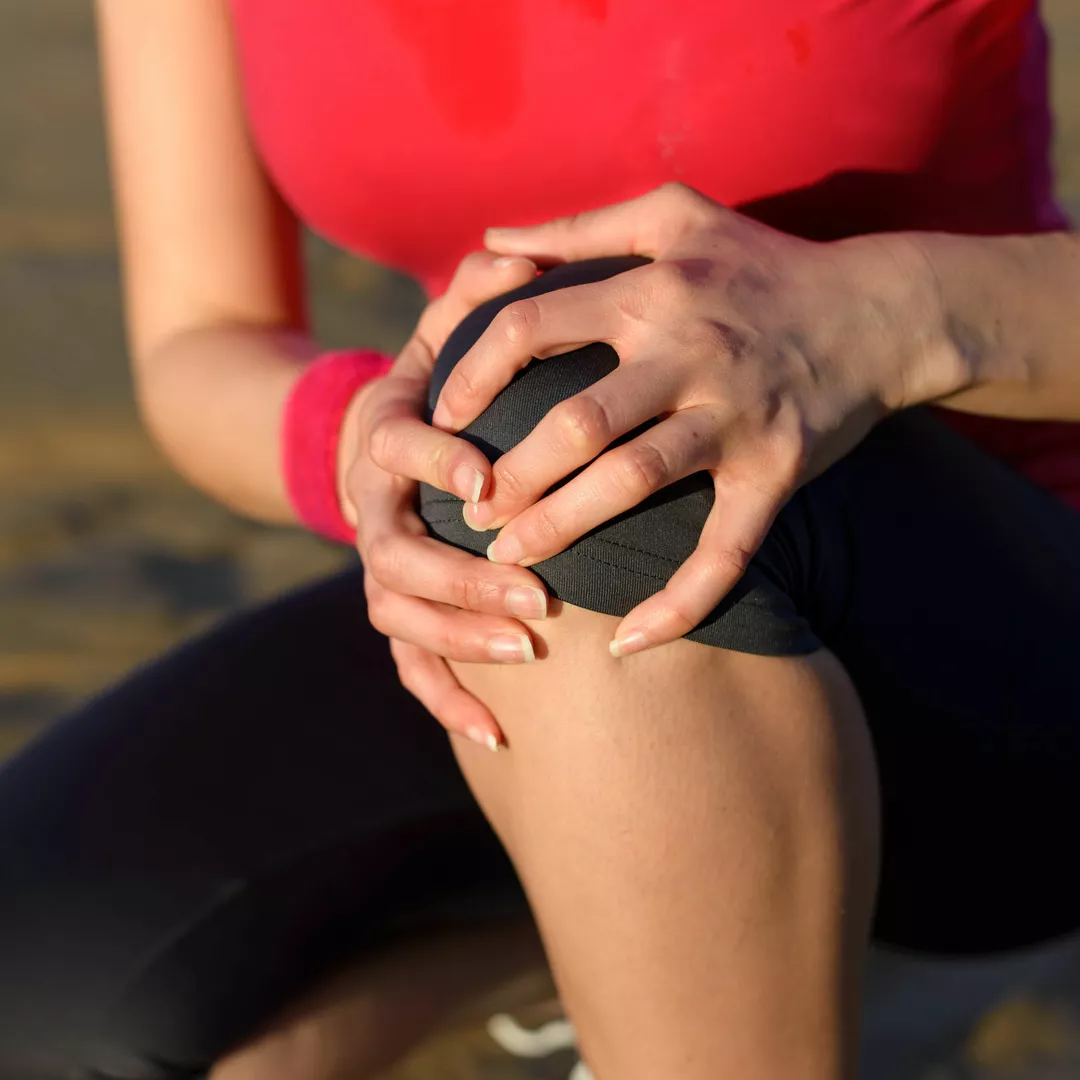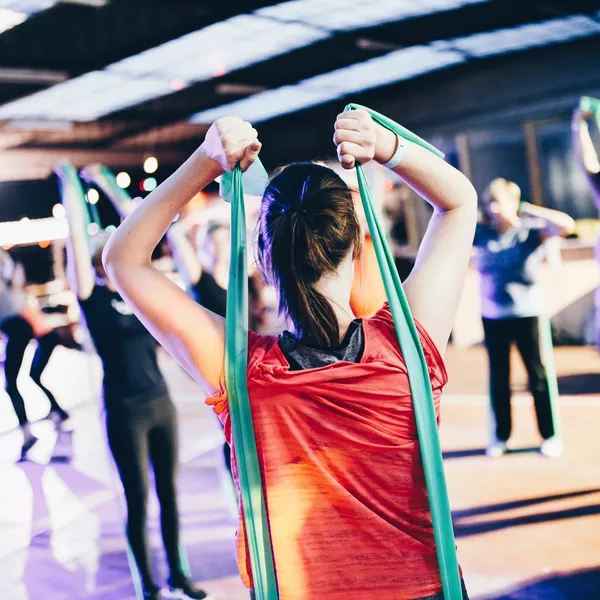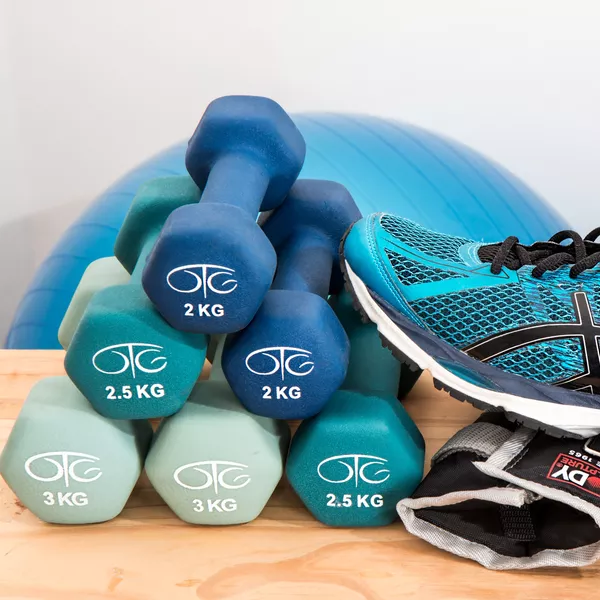
7. Get those niggles seen to early
Don’t ignore those early warning signs that your body is taking strain. Develop a relationship with a physical therapist, be that a chiropractor, physiotherapist or osteopath – someone who knows you, your body and the journey you are on and can help you get there. When you start to exercise, little things can pop up; the quicker you get them sorted out, the faster you can get back to becoming a healthier, happier you.
In summary, stick to the basics. Do them well and the rest will take care of itself. Listen to your body, challenge it, but also be patient with it. Rome wasn’t built in a day and you won’t be either.
About the author
Dr Susan Tyfield
Susan Tyfield is an evidence-based chiropractor who utilises a wide range of treatment techniques and rehabilitation in her sessions and has been practicing for over 13 years.







